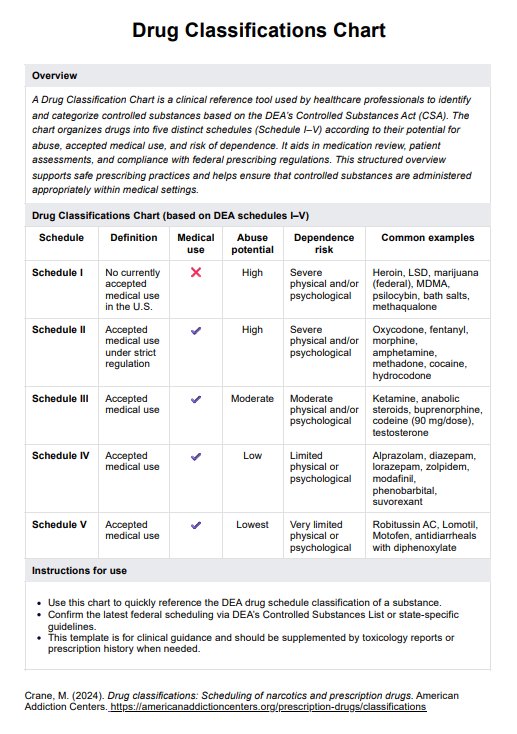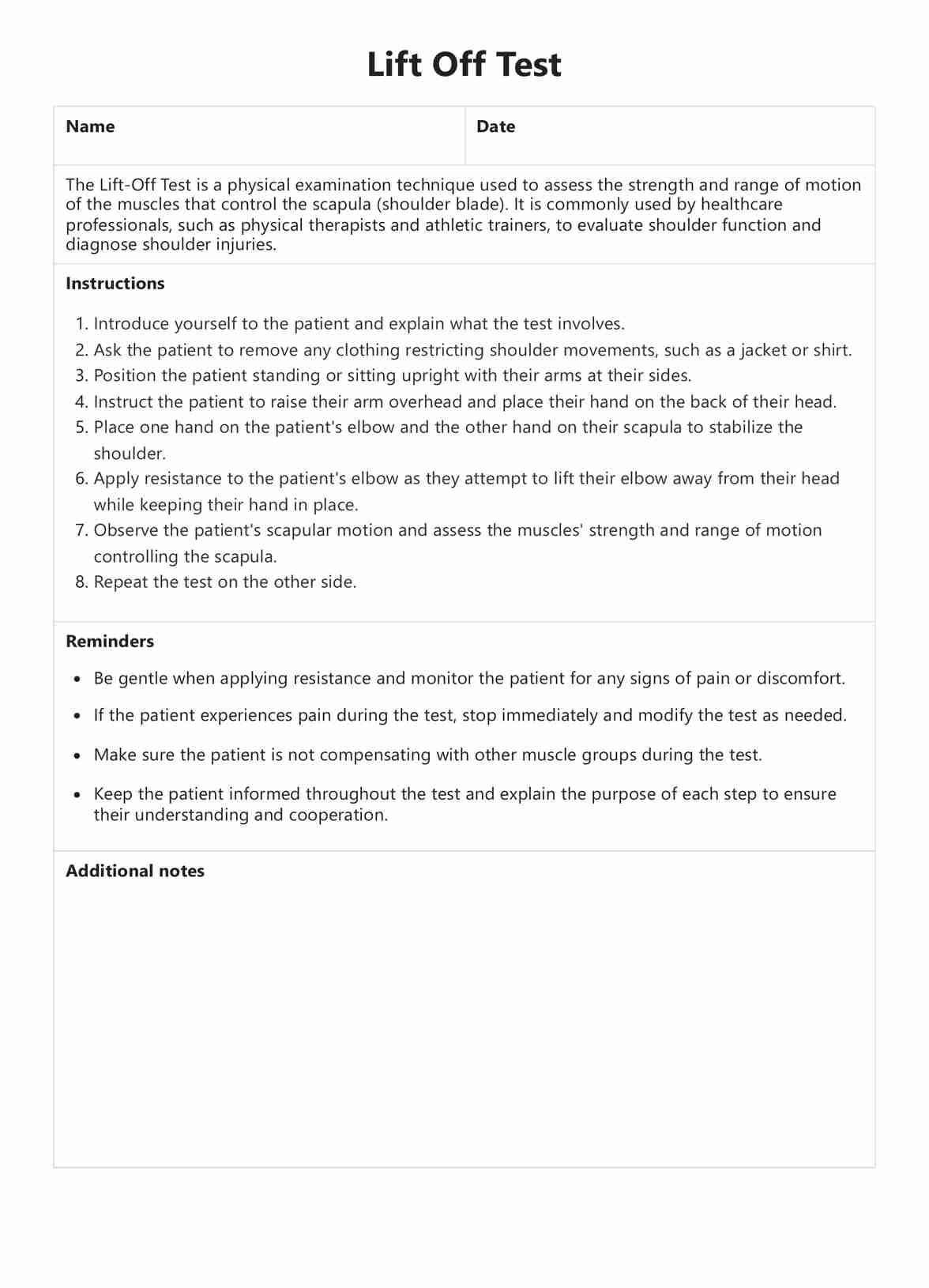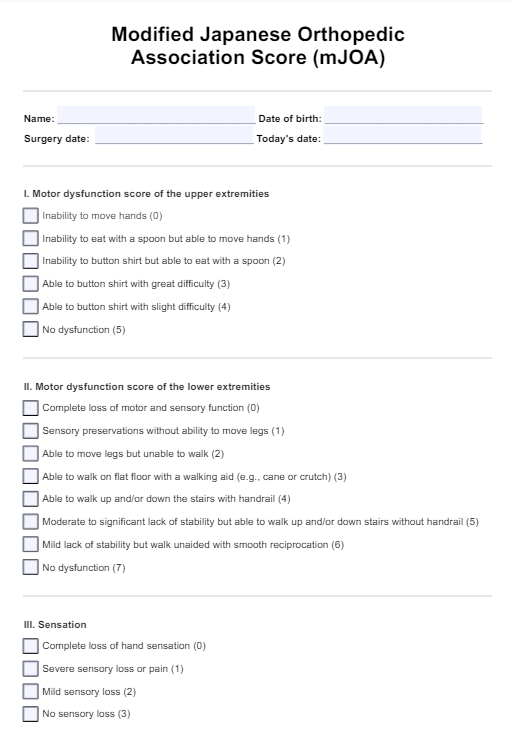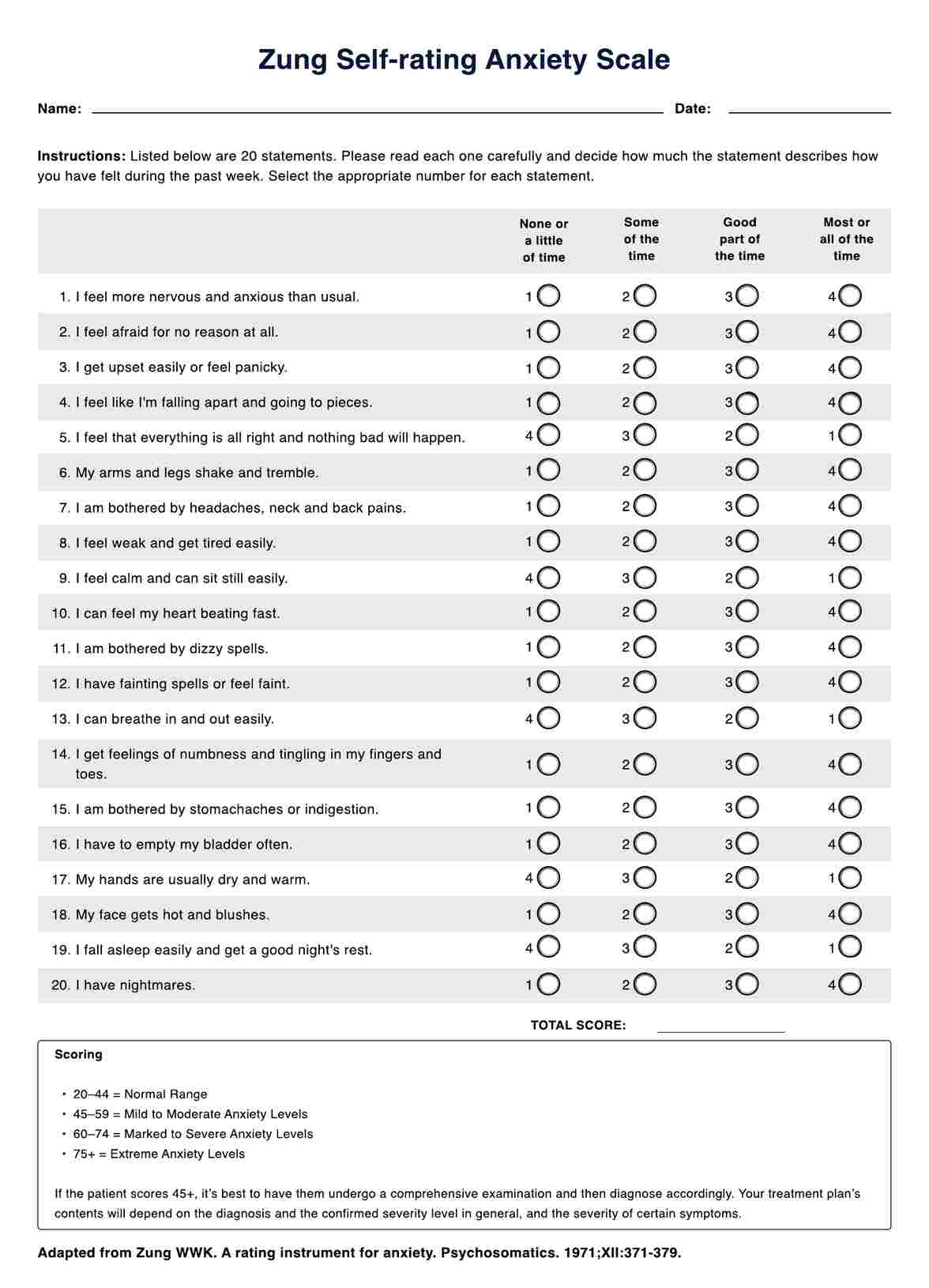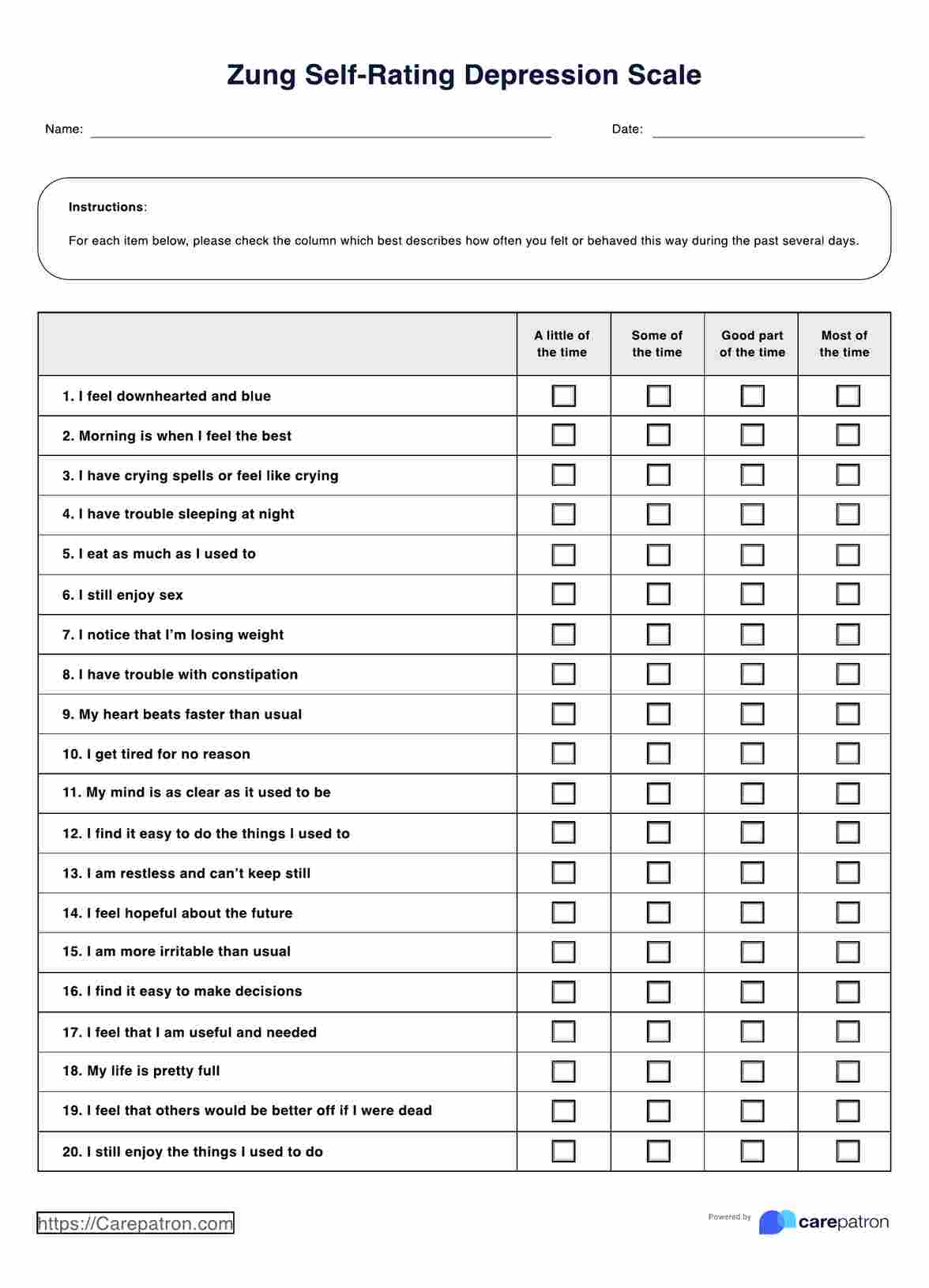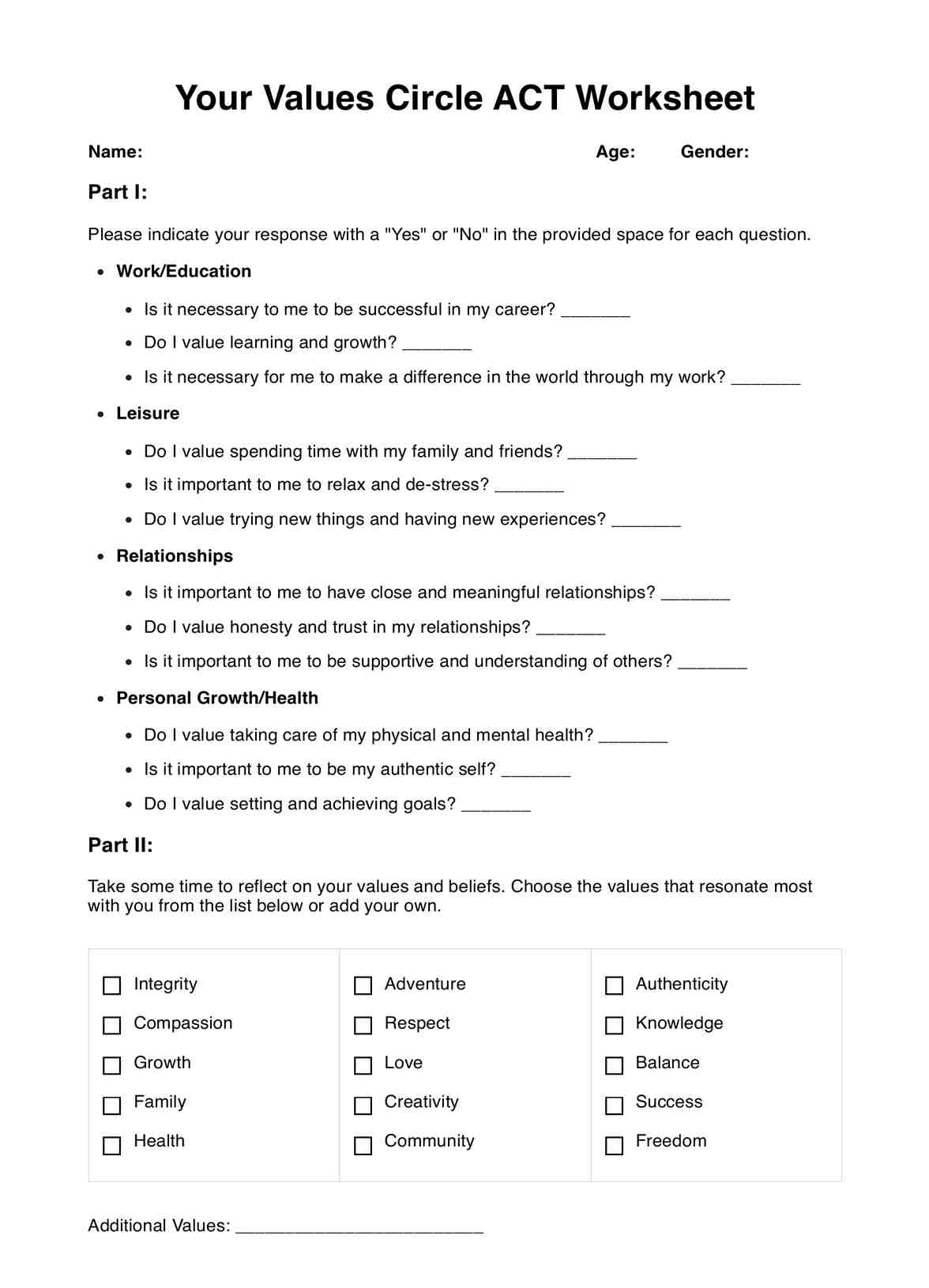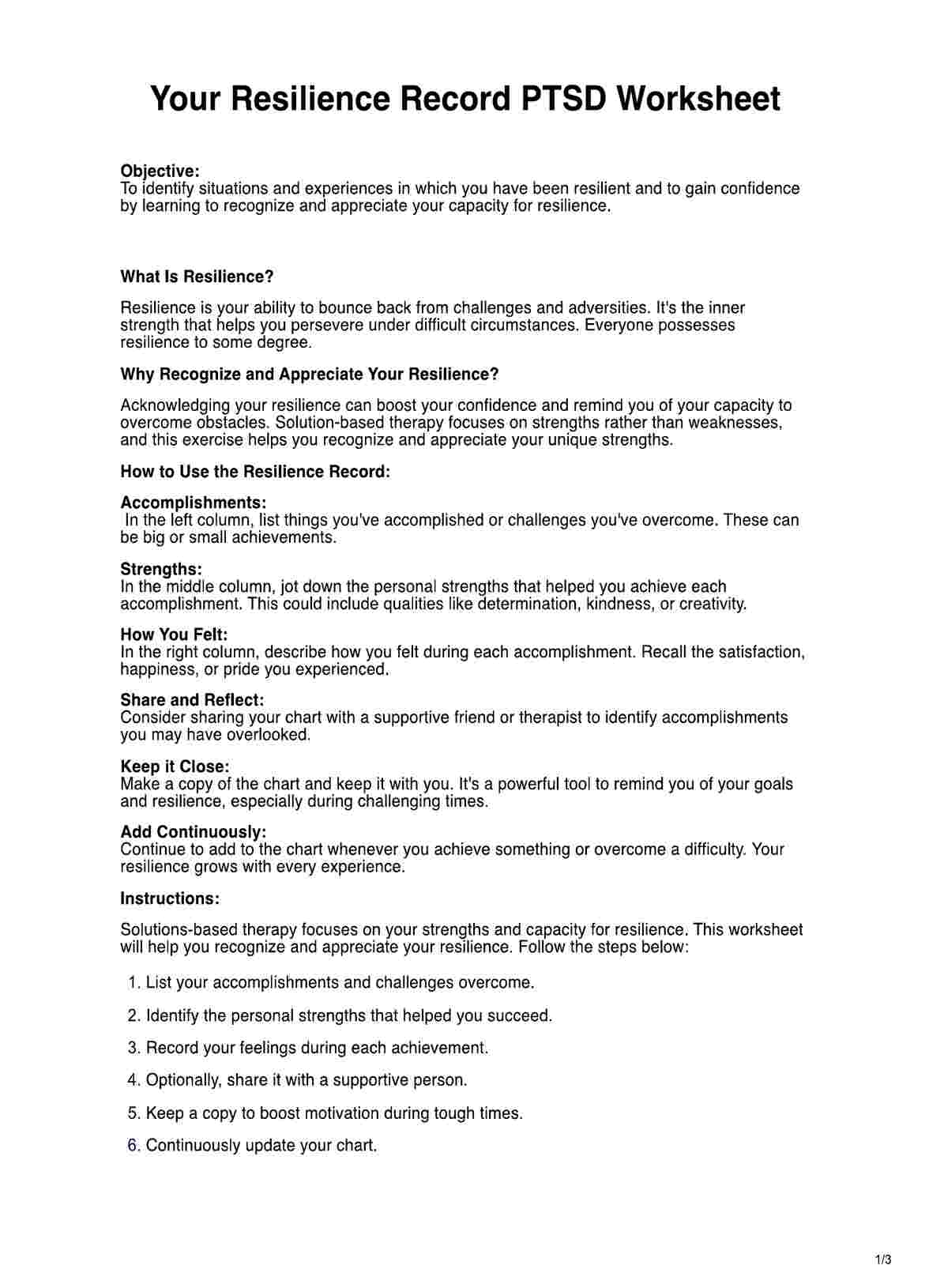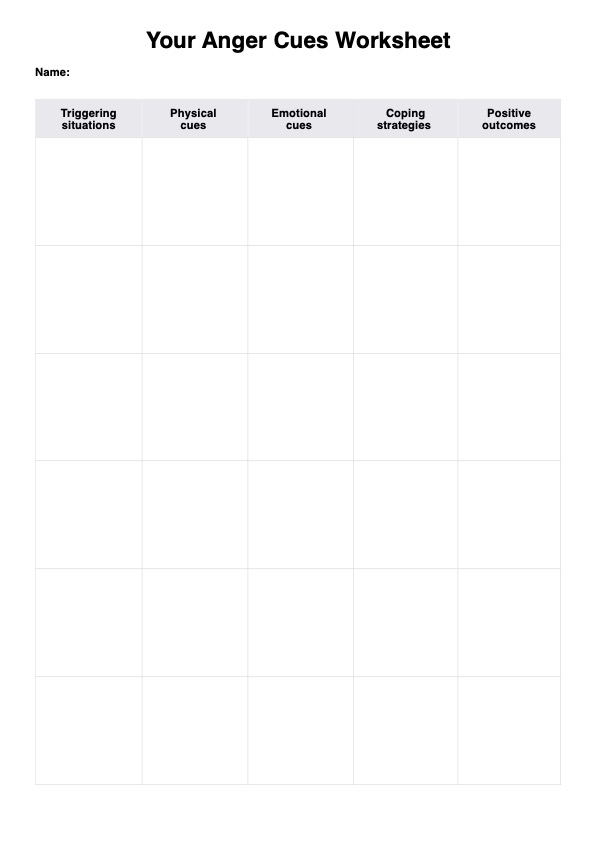The rib springing technique is a manual therapy method used to assess and improve rib mobility and thoracic expansion. It involves applying rhythmic pressure to the ribs, often during respiration, to evaluate movement restrictions and enhance rib cage flexibility. This technique is commonly used in respiratory therapy, osteopathic manipulation, and musculoskeletal assessments.
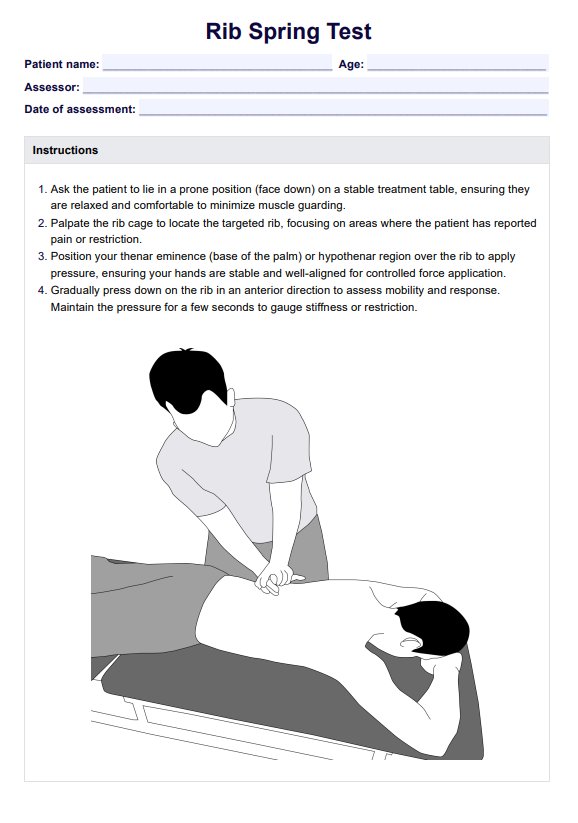
Rib Spring Test
Enhance patient care with the Rib Spring Test guide. Learn how to perform this test from our comprehensive template. Download now for free!
Rib Spring Test Template
Commonly asked questions
The Rib Spring Test is a clinical assessment where the examiner applies downward pressure to a rib and then quickly releases it, observing its spring-like recoil. A positive test indicates rib dysfunction, such as hypomobility, joint restriction, or pain reproduction, suggesting musculoskeletal involvement. This test helps differentiate rib-related pain from visceral causes and guides appropriate treatment.
A positive Rib Spring Test suggests restricted rib mobility, costovertebral joint dysfunction, or musculoskeletal pain. It is indicated by reproduction of the patient’s pain, limited movement, or excessive stiffness upon rib compression and release. This finding may warrant manual therapy, osteopathic adjustments, or further evaluation for thoracic and rib-related conditions.
EHR and practice management software
Get started for free
*No credit card required
Free
$0/usd
Unlimited clients
Telehealth
1GB of storage
Client portal text
Automated billing and online payments


